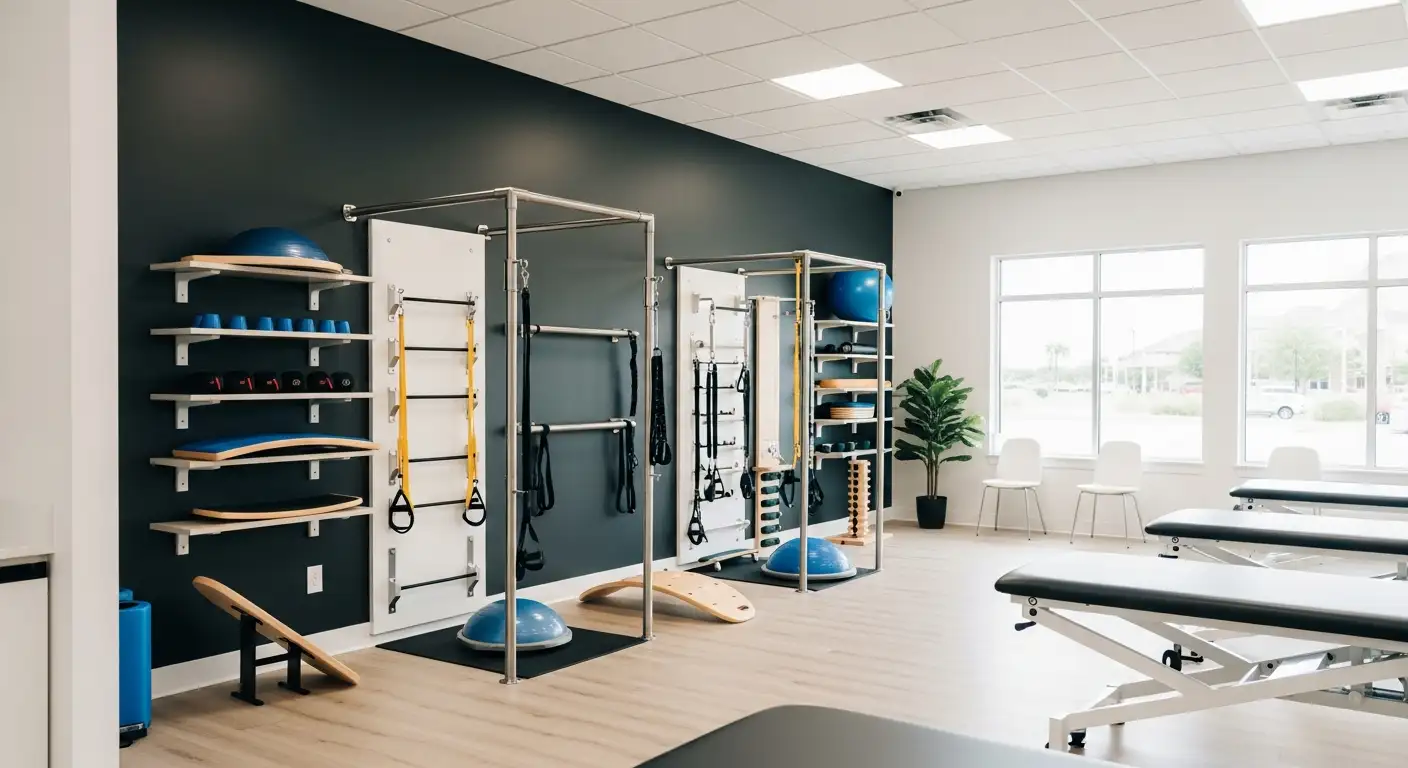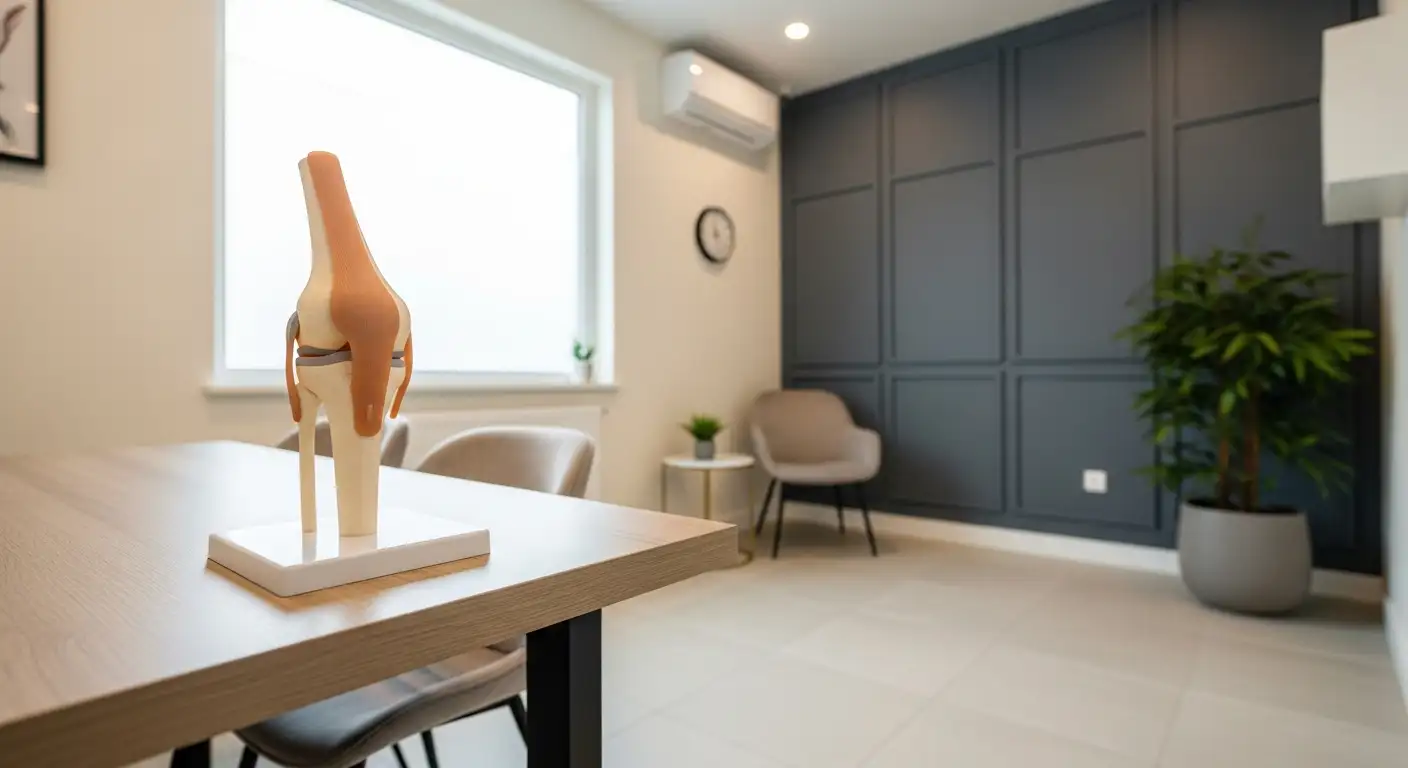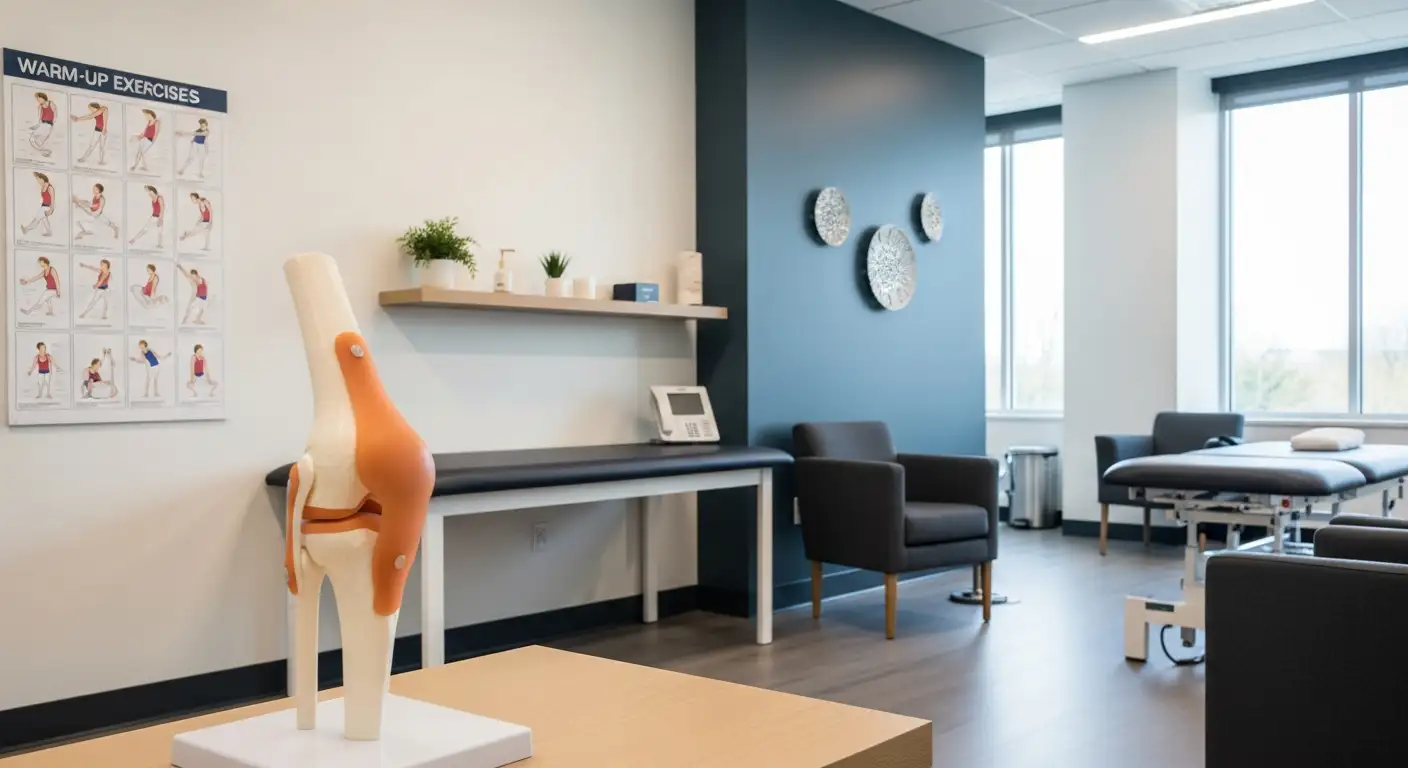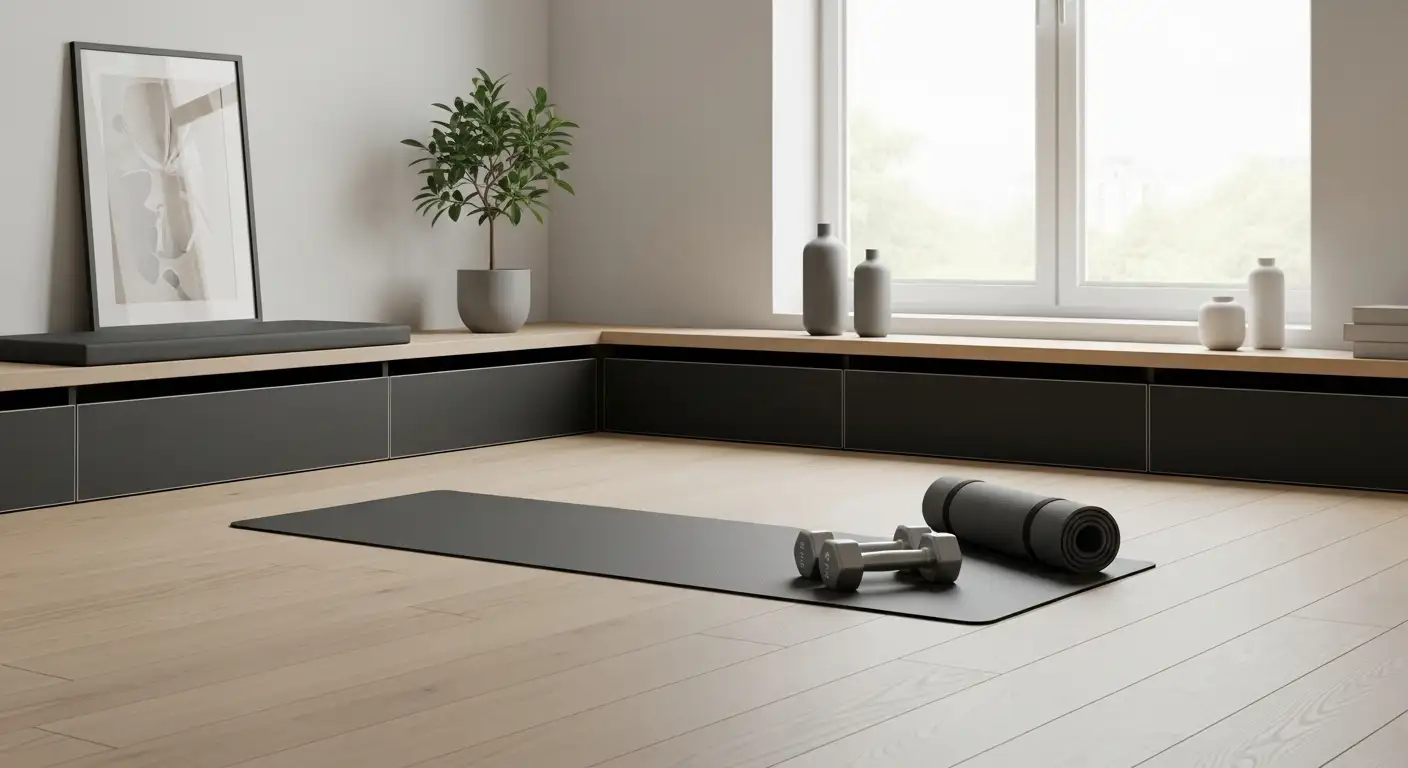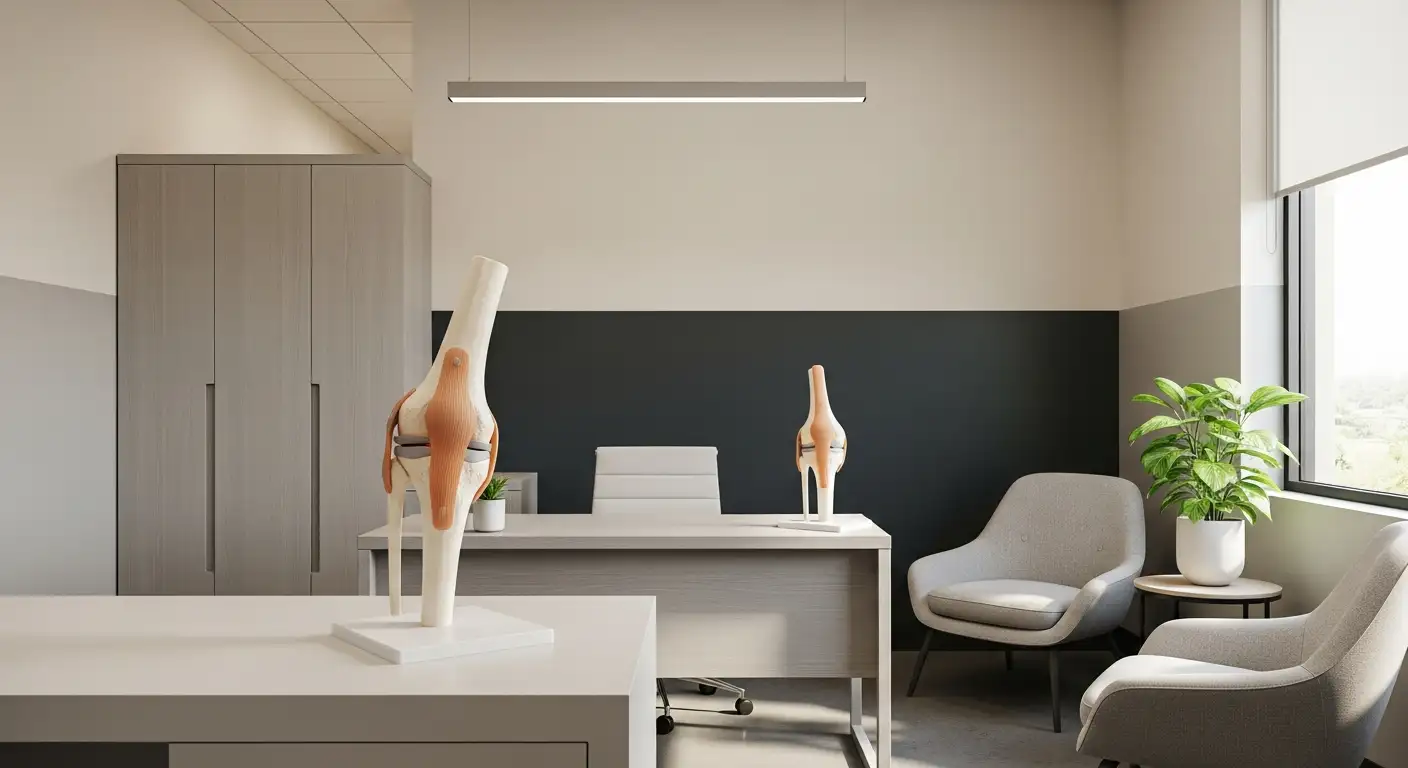Alleviating Inner Knee Pain During Bending
Experiencing inner knee pain during bending can be a frustrating and uncomfortable sensation. Understanding the common causes of this pain and implementing appropriate strategies can help alleviate discomfort and improve knee function. Here, we will explore various approaches to alleviate inner knee pain during bending, including strengthening exercises, low-impact exercises, ice therapy, assisted devices, and physical therapy.
Common Causes of Inner Knee Pain
Inner knee pain during bending can be caused by a range of conditions, including sprains, strains, cartilage damage, and arthritis. Identifying the underlying cause of the pain is crucial for developing an effective treatment plan. Consulting with a healthcare professional can help in diagnosing the specific cause of inner knee pain and determining the most suitable strategies for alleviation.

Strengthening Exercises for Inner Knee Pain Relief
Strengthening the muscles surrounding the knee is an essential step in alleviating inner knee pain during bending. By improving muscle strength and stability, the knee joint becomes better supported, reducing stress and strain during movement. Quadriceps strengthening exercises, such as leg extensions and squats, can specifically target the muscles that provide support to the inner knee.
Low-Impact Exercises for Knee Strength
Engaging in low-impact exercises can help improve knee strength and reduce inner knee pain during bending [1]. Activities like swimming, cycling, and yoga are gentle on the joints while still providing effective workout options. These exercises help to strengthen the muscles surrounding the knee without placing excessive stress on the inner knee joint.
Ice Therapy for Alleviating Inner Knee Pain
Applying ice packs to the affected area can provide relief and reduce inflammation associated with inner knee pain during bending. Ice therapy, also known as cryotherapy, can help numb the area, reduce swelling, and alleviate discomfort. It is recommended to apply ice packs for 15-20 minutes several times a day, especially after activities that worsen the pain.
Assisted Devices for Inner Knee Pain Relief
In some cases, using assisted devices can help alleviate inner knee pain during bending [1]. Knee braces, for example, provide additional support and stability to the knee joint, reducing stress and strain during movement. Consulting with a healthcare professional can help determine the most suitable type of knee brace for individual needs.
Physical Therapy for Inner Knee Pain
Physical therapy is often recommended for individuals experiencing inner knee pain during bending [1]. A physical therapist can create a personalized treatment plan that includes exercises and techniques to improve knee strength, flexibility, and range of motion. Physical therapy sessions may involve stretching exercises, manual therapy, and other modalities to alleviate pain and improve knee function.
By implementing these strategies tailored to the specific needs of individuals experiencing inner knee pain during bending, it is possible to find relief and improve overall knee health. It is important to consult with a healthcare professional to determine the most appropriate approach for managing and alleviating inner knee pain.
Exercises for Alleviating Inner Knee Pain
When it comes to alleviating inner knee pain during bending, targeted exercises can play a crucial role in strengthening the muscles and improving flexibility. Here are three types of exercises that can help provide relief:
Quadriceps Strengthening Exercises
The quadriceps muscles, located at the front of the thigh, play a significant role in providing support to the knee joint and absorbing shock. Strengthening these muscles can help alleviate inner knee pain during bending. Some effective quadriceps strengthening exercises include:
Performing these exercises regularly, as recommended by a healthcare professional or physical therapist, can help improve the stability of the knee joint and reduce inner knee pain during bending.
Stretching Exercises for Inner Knee Pain Relief
Stretching the muscles in the inner thigh, such as the adductor muscles, can help alleviate inner knee pain during bending. These stretches help improve flexibility and reduce tension in the knee joint. Here are a few stretching exercises to consider:
Remember to hold each stretch for about 30 seconds without bouncing or forcing the movement. Stretching should be done in a comfortable range of motion and never to the point of pain.
Foam Rolling for Inner Knee Pain Relief
Using a foam roller on the inner thigh muscles can help relieve inner knee pain during bending. Foam rolling involves rolling the foam roller back and forth along the inner thigh to release tension and improve blood flow in the area. Here's how to perform foam rolling for inner knee pain relief:
Perform foam rolling exercises for a few minutes on each leg, focusing on the area of discomfort. Remember to breathe deeply and relax throughout the process.
It's important to note that these exercises are general recommendations and may not be suitable for everyone. Consulting with a physical therapist or healthcare professional is recommended for a proper diagnosis and personalized treatment plan for alleviating inner knee pain during bending. They can provide guidance on specific exercises and techniques that can help address individual needs.
Supporting the Knee for Pain Relief
When it comes to alleviating inner knee pain during bending, providing proper support to the knee joint is essential. Two effective strategies for pain relief are using knee braces and compression knee sleeves.
Knee Braces for Inner Knee Pain During Bending
Wearing a knee brace can help alleviate inner knee pain during bending by providing support and stability to the knee joint. It can also help reduce inflammation and swelling in the area. Knee braces with medial and lateral hinges are particularly effective in providing support and stability to the inner knee joint during bending movements [2].
The hinges in these knee braces help to stabilize the knee, preventing excessive side-to-side movement and reducing strain on the inner knee. By limiting unwanted motion, knee braces can help alleviate pain and discomfort during bending activities.
It is important to choose a knee brace that is the right size and provides a proper fit to ensure maximum effectiveness in alleviating inner knee pain during bending. It's recommended to consult with a healthcare professional or physical therapist to determine the most suitable knee brace for your specific needs.
Compression Knee Sleeves for Pain Management
Compression knee sleeves are another option for managing inner knee pain during bending. These sleeves provide a snug fit that helps reduce swelling and improve blood flow to the area. The compression exerted by the sleeve can help alleviate discomfort and provide support to the knee joint.
By applying gentle pressure, compression knee sleeves can help stabilize the knee and minimize excessive movement during bending activities. They also help retain warmth in the knee area, promoting circulation and potentially reducing pain.
Similar to knee braces, it's important to choose compression knee sleeves that fit properly to ensure optimal effectiveness. They should be snug but not overly tight, allowing for comfortable movement while providing support and pain relief.
It's important to note that knee braces and compression knee sleeves are often used in conjunction with other treatment methods, such as physical therapy exercises and stretches, to further alleviate inner knee pain during bending and improve overall knee function. Consulting with a healthcare professional or physical therapist can help guide you in selecting the right knee brace or compression knee sleeve and incorporating it into a comprehensive treatment plan for your specific condition.
By utilizing knee braces or compression knee sleeves, individuals experiencing inner knee pain during bending can find additional support and relief, allowing them to engage in daily activities with greater comfort and ease.
Additional Strategies for Alleviating Inner Knee Pain
In addition to exercises and physical therapy, there are several other strategies that can help alleviate inner knee pain during bending. These strategies include weight management, medications, and consulting with healthcare professionals.
Weight Management for Knee Pain Relief
Weight loss can have a significant impact on reducing inner knee pain during bending. By shedding excess pounds, the pressure on the knee joint is relieved, resulting in decreased pain levels. Even a small amount of weight loss can make a difference in alleviating knee pain [3].
Maintaining a healthy weight through a balanced diet and regular exercise can not only reduce knee pain but also improve overall joint health. It is recommended to consult with a healthcare professional or a registered dietitian for personalized guidance and support in achieving weight management goals.
Medications for Inner Knee Pain Relief
In some cases, medications may be recommended to alleviate inner knee pain during bending. Nonsteroidal anti-inflammatory drugs (NSAIDs) are commonly prescribed to reduce inflammation and manage pain associated with knee issues. These medications can help provide temporary relief from inner knee pain and improve mobility [3].
It is important to consult with a healthcare professional before starting any medication regimen. They can assess your specific condition, medical history, and any potential interactions or side effects associated with the medications.
Consulting with Healthcare Professionals
When dealing with inner knee pain during bending, it is crucial to consult with healthcare professionals, such as orthopedic specialists, physical therapists, or sports medicine doctors. These professionals can provide a proper diagnosis, evaluate the severity of the condition, and create a personalized treatment plan.
Physical therapy and exercise programs prescribed by healthcare professionals can effectively alleviate inner knee pain during bending. These programs focus on strengthening the surrounding muscles, improving flexibility, and enhancing the range of motion in the knee joint [3]. Consulting with a physical therapist or healthcare professional ensures proper technique, reduces the risk of further injury, and allows for tailored guidance based on individual needs and goals [4].
By taking a comprehensive approach that includes weight management, medication when necessary, and consulting with healthcare professionals, individuals can effectively manage and alleviate inner knee pain during bending. It is important to seek professional guidance to ensure a proper and personalized treatment plan that addresses the underlying causes of the pain and promotes long-term knee health.
Understanding Knee Pain
Knee pain is a prevalent issue that affects individuals of all ages, often significantly impacting their quality of life. It is one of the leading causes of physical discomfort and disability, prompting a significant number of medical consultations each year. The incidence and prevalence of knee pain are expected to rise due to the aging population and increasing obesity rates. In fact, up to 21 million Americans are estimated to suffer from reduced ability to function due to knee pain [6].
Prevalence and Impact of Knee Pain
Knee pain is the second most commonly reported area of pain in the human body, with an overall prevalence of 46.2%. It has a significant impact on disability, lost productivity, and healthcare costs. Knee pain can limit mobility and independence, affecting daily activities such as walking, climbing stairs, and bending. The implications of knee pain can be far-reaching, affecting an individual's overall well-being and quality of life [5].
Common Causes and Conditions of Knee Pain
There are several common causes and conditions associated with knee pain. One of the most prevalent underlying causes is osteoarthritis, especially among individuals over the age of 55 [6]. Other causes include injuries, such as ligament sprains, meniscus tears, and tendonitis. Additionally, overuse, repetitive motions, and certain medical conditions can contribute to knee pain.
Preventive Care for Knee Health
Taking preventive measures can help maintain knee health and potentially reduce the risk of knee pain. Some strategies include:
By understanding the prevalence, common causes, and preventive care strategies related to knee pain, individuals can take proactive steps to promote knee health and alleviate discomfort during bending. It's important to consult with healthcare professionals for an accurate diagnosis and personalized treatment plan if experiencing persistent or severe knee pain.
References
[2]:
[3]:
[4]:
[5]:
[6]:
